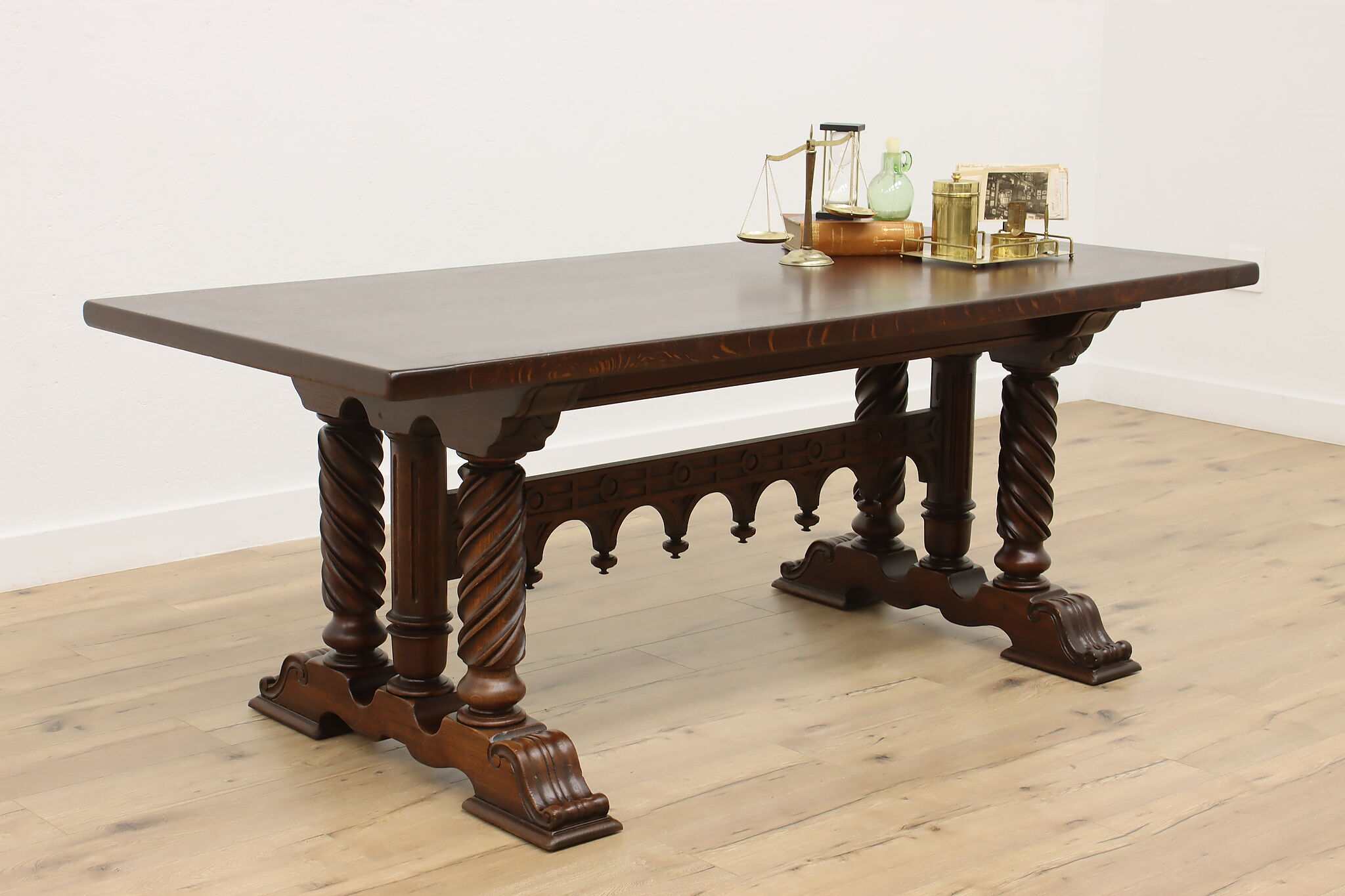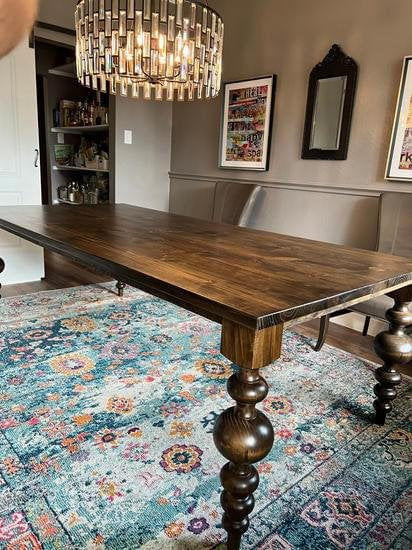How the Right Dining Room Table Legs Can Complete Your Dining Room Look
How the Right Dining Room Table Legs Can Complete Your Dining Room Look
Blog Article
Professional Tips for Setting Up Eating Room Table Legs for Maximum Security
When it comes to installing dining space table legs, achieving optimum stability is vital for both functionality and aesthetic appeals. What specific techniques can enhance stability even additionally?
Choose the Right Legs
When selecting the proper legs for your dining-room table, it is important to consider both performance and visual appeals. The legs you select will significantly impact the general layout and security of the table. Initially, evaluate the table's meant usage; if you anticipate constant gatherings, sturdier legs, such as those made from solid wood or metal, may be much more appropriate, as they use boosted durability and assistance.
Following, think about the elevation and style of the legs in connection with the tabletop. Conventional dining tables usually range from 28 to 30 inches in height, so make certain the legs straighten with this standard for comfort. The style of the legs should complement the layout of the table top-- whether it be contemporary, rustic, or traditional. For example, conical legs can include a contemporary touch, while turned legs could share a much more traditional aesthetic.

Select Appropriate Hardware
Just how can the right hardware boost the stability and long life of your dining space table? The option of appropriate hardware is critical to making sure that the legs of your table are securely attached and able to stand up to regular use. High-grade screws, bolts, and braces provide the required toughness to sustain the weight of the table, as well as any type of extra lots positioned upon it during meals or events.
When choosing screws, opt for those made from resilient products such as stainless steel or brass, which withstand corrosion and maintain stability gradually. The length of the screws is equally essential; they should penetrate deeply right into the table's framework without endangering integrity. For bolted connections, consider utilizing lock washing machines to avoid loosening up because of resonance or activity.
Furthermore, making use of edge brackets can add additional support, especially for larger tables or those with larger tops. These braces disperse weight uniformly and assist maintain the table's form. Making certain that the equipment you choose is suitable for the specific products of your table will further boost its general stability and longevity, permitting you to enjoy your eating experience for several years to find.
Ensure Proper Placement
Appropriate alignment of dining-room table legs is crucial for both visual charm and functional security. Misaligned legs can cause an unequal table top, which might not only be aesthetically uninviting yet also compromise the table's usability. To attain ideal placement, begin by gauging the distance from the table's edges to the leg attachment factors. This ensures that each leg is located equidistant from the edges, producing a well balanced look.
Use a degree during setup to confirm that each leg is perpendicular to the table top. It is advisable to mark the preferred leg placements on the bottom of the table with a pencil or covering up tape prior to safeguarding them.
Furthermore, confirm the positioning after the preliminary screws are tightened up, as modifications might be needed prior to completely protecting the hardware. By prioritizing appropriate check my reference positioning, you not only improve the table's overall design but also guarantee that it remains functional and Click Here stable for years ahead.

Consider Weight Distribution
After ensuring correct positioning of the dining-room table legs, it is very important to think about weight distribution to improve stability and functionality. dining room table legs. Correct weight distribution is essential in protecting against guaranteeing and wobbling that the table can support its designated load without threat of tipping or falling down
When positioning the legs, guarantee they are put at equivalent distances from the facility of the table to equally disperse the weight throughout the framework. Consider the weight of the tabletop and any type of things that will regularly rest on it, such as ornamental pieces or tabletop appliances. Tables with larger surface areas must ideally have legs positioned closer to the edges, as this maximizes the base of support and minimizes the danger of instability.
Furthermore, if the table is meant for usage in a high-traffic location, take into consideration making use of heavier materials for the legs or including maintaining elements, such as cross-bracing or a lower rack - dining room table legs. These modifications can assist maintain equilibrium and protect against changing during usage. Ultimately, a well-considered weight distribution strategy will significantly enhance the table's overall efficiency, guaranteeing it remains a eye-catching and practical centerpiece for your eating area
Examination Security Prior To Use
Examining the security of the dining area table prior to usage is an important step that needs to not be forgotten. If the table shows instability, identify the legs or joints that might call for adjustment.
Next, check that all fasteners and screws are tightened up correctly. Loosened connections can lead to instability and potential damage gradually. If required, make use of timber adhesive on joints to boost stability, making sure to allow appropriate drying time.

Conclusion
In conclusion, the installment of dining-room table legs needs mindful consideration of products, placement, equipment, and weight circulation to attain maximum security. By selecting top quality bolts and sturdy legs, making certain exact alignment, and dispersing weight uniformly, the architectural honesty of the table can be substantially boosted. Conducting a stability examination before routine use better ensures that the table will stand up to everyday stress, thus providing a trustworthy and secure dining experience.
When it comes to mounting eating room table legs, accomplishing maximum security is extremely important for both functionality and aesthetic appeals. The legs you choose will substantially impact the overall design and security of the table (dining room table legs). Conventional eating tables commonly vary from 28 to 30 inches in elevation, so guarantee the legs line up with this standard for comfort.Appropriate positioning of dining space table legs is essential for both aesthetic charm and practical stability.In final thought, the installation of eating room table legs requires mindful factor to consider of products, alignment, weight, and equipment distribution to accomplish maximum security
Report this page